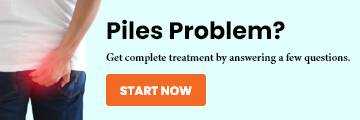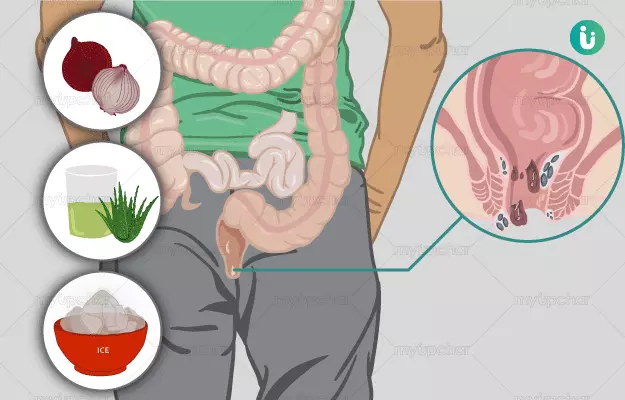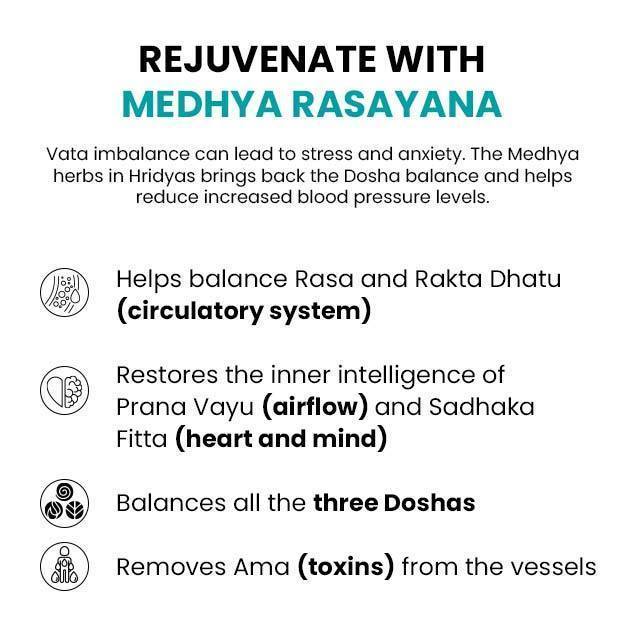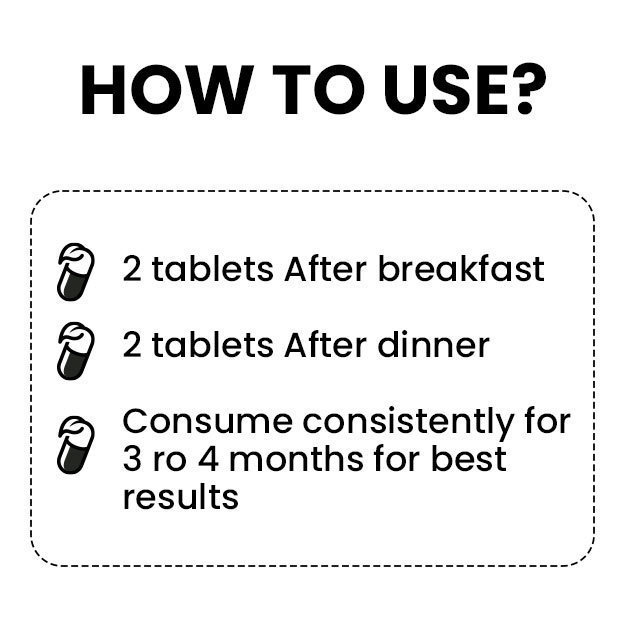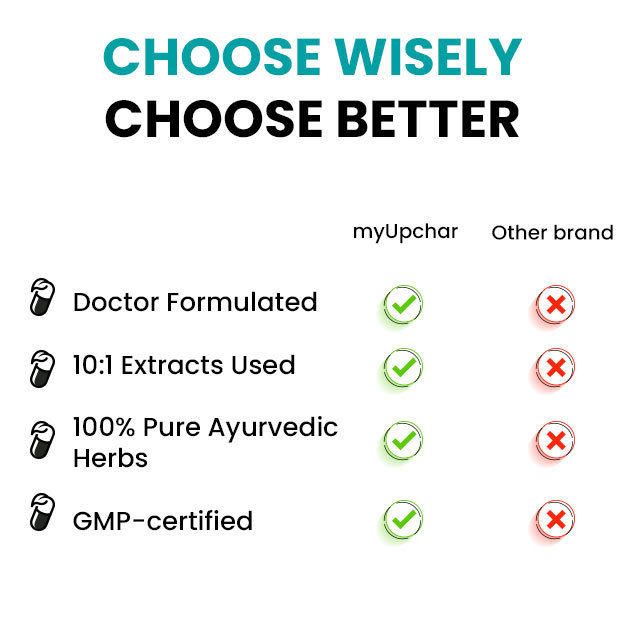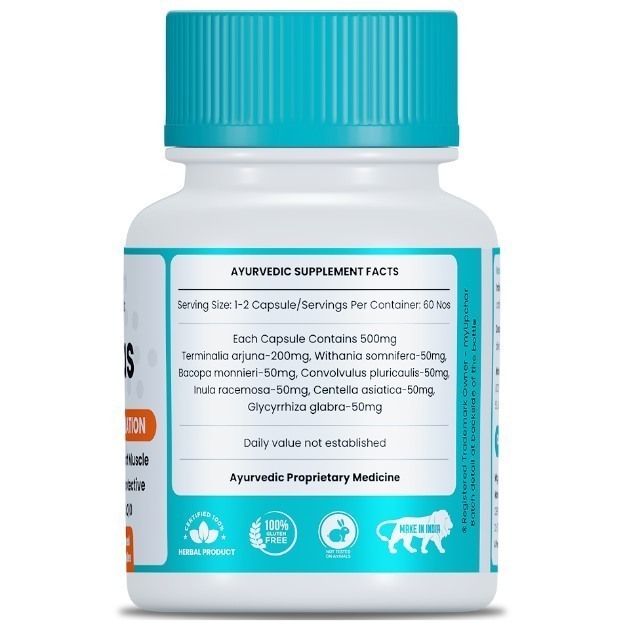Piles is a condition in which the veins and tissues in the anal canal or around the anus become inflamed. Also known as haemorrhoids, piles may cause reddish-brown masses to grow inside and around the anus. These masses can sometimes bleed, leaving blood on the toilet paper. A person suffering from piles may experience a lot of pain, especially during defecation (passing stool).
The symptoms of piles can include:
- Pain
- Burning sensation in the anus
- Feeling like you have to poo even after you've just defecated
- Itchiness around the anus
These symptoms usually go away within a few days, and some simple home remedies can help to make them more bearable in the meantime. However, if the symptoms persist, consult a doctor for intervention: in case there's another reason for the anal bleeding.

